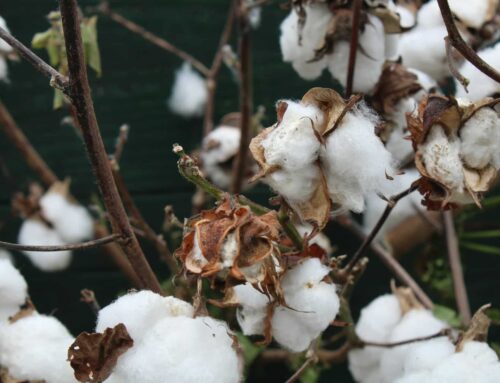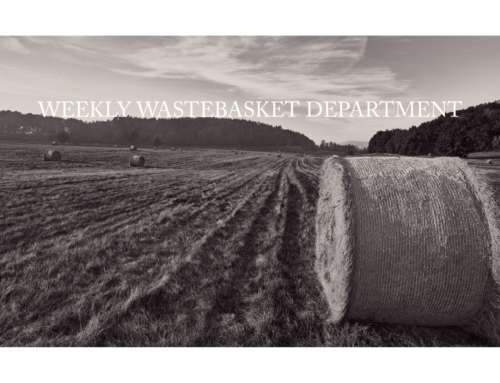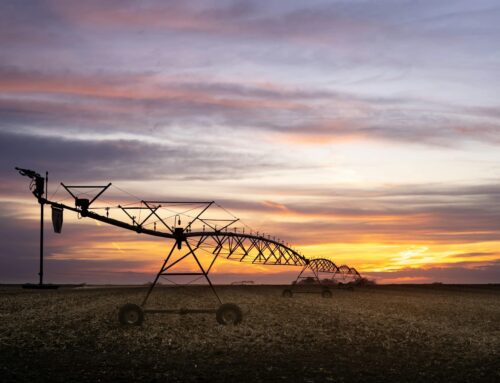One of the lesser discussed components of the recent fiscal cliff deal was a nine month extension of the farm bill, a trillion dollar piece of legislation that provides federal support for everything from nutrition assistance to lucrative subsidies that allow American agribusinesses to rake in huge profits regardless of market conditions.
Under current law, businesses that produce commodity crops—corn, soy, cotton, or wheat for example—receive a variety of federal supports. One of these, direct payments, provides a per-acreage subsidy for certain farmland owners, regardless of prices, crop yield, or profitability. As a result some farm businesses making hundreds of thousands or even millions of dollars each year also receive a generous annual check from the federal government even if they don't grow a crop.
But as appalling as direct payments are, they are not the most egregious or expensive subsidy for agribusiness. No, that honor belongs to the federal crop insurance program. This friendly sounding program provides generous federal subsidies (on average 62 percent) to encourage farm businesses to purchase federal crop insurance policies. Unlike the insurance policies most people or other businesses are familiar with, crop insurance actually insures not just crops, but the expected revenue from selling those crops. So an agricultural business could have a great harvest but still get an insurance payment if they can't sell it for as much as they locked in under the policy. It's as if your homeowners insurance didn't promise to pay you if your house burned down, but guaranteed you a profit when you decide to sell, even if you bought it at the peak of the bubble.
These wasteful subsidies don't stop with the subsidized premiums—we also pay private insurance companies more than a billion dollars a year just to administer the policies. And if there is a “loss” of any kind—lower yield for crops or lower prices for yields—taxpayers bear the majority of the costs of paying those insurance claims while those subsidized insurance companies walk away almost entirely unscathed. And even though this program has nearly quadrupled in cost over the last decade, the U.S. Department of Agriculture's Risk Management Agency actually uses federal taxpayer dollars to encourage farm businesses to buy and use even more federal crop insurance.
Federal crop insurance is out of control. In fiscal year 2012, the total cost of the crop insurance program set a new record at $14 billion—$3 billion more than FY2011. And here's the kicker—2012 was a year of near record profits for agriculture, even before crop insurance payouts, despite and in part because of the drought many parts of the country experienced this past summer. In every state, participants in the crop insurance program have received more in claims payments than in premium dollars put in over the past 15 years. And remember, for every $1 in premiums, agribusinesses only chip in 38 cents to insure their own crops while taxpayers pick up the remaining 62 cents. That is not insurance or a safety-net, that's a hand out.
Just this week, the U.S. Department of Agriculture updated projected costs of crop insurance in the last year. In addition to the huge topline number of $14 billion, we now know that 90 percent of indemnity payments went to growers of just four crops—corn, soybeans, wheat, and cotton—and some states (Illinois, Missouri, and Kentucky) received more than $2 back for every $1 paid into the system.
What is even more troubling than the current crop insurance program is the recent efforts by the House and Senate agriculture committees to expand these subsidies through the creation of multiple so-called “shallow loss” programs. Highly subsidized crop insurance already allows farm businesses to lock in up to 85 percent of their expected revenue with the average corn farmer choosing policies guaranteeing 75 percent. This sweetheart deal just isn't enough for the special interest agribusiness lobby. So on top of crop insurance, they're trying to add another layer that would have taxpayers sending checks to farm businesses when they incur as little as a 10 percent dip from expected revenue. Oh, and the main shallow loss program, known as Agriculture Risk Coverage, would be available for absolutely free.
This level of corporate welfare should be unacceptable even if we had budget surpluses as far the eye could see. But in an era of trillion dollar deficits and a $16 trillion debt, the ability of farm subsidies to survive and grow is a perfect example of why we face our current fiscal challenges: because every special interest fights for and defends every dollar that flows in their direction. Some may want smaller government, but only for other people.
The good news about the nine month farm bill extension is that it gives reformers another chance to make change. This is a cause that the most conservative and most progressive members of Congress can take on together: ending market distorting subsidies that make rich businesses richer and crowd out the little guys.
Written by: Ryan Alexander, President of Taxpayers for Common Sense














Get Social